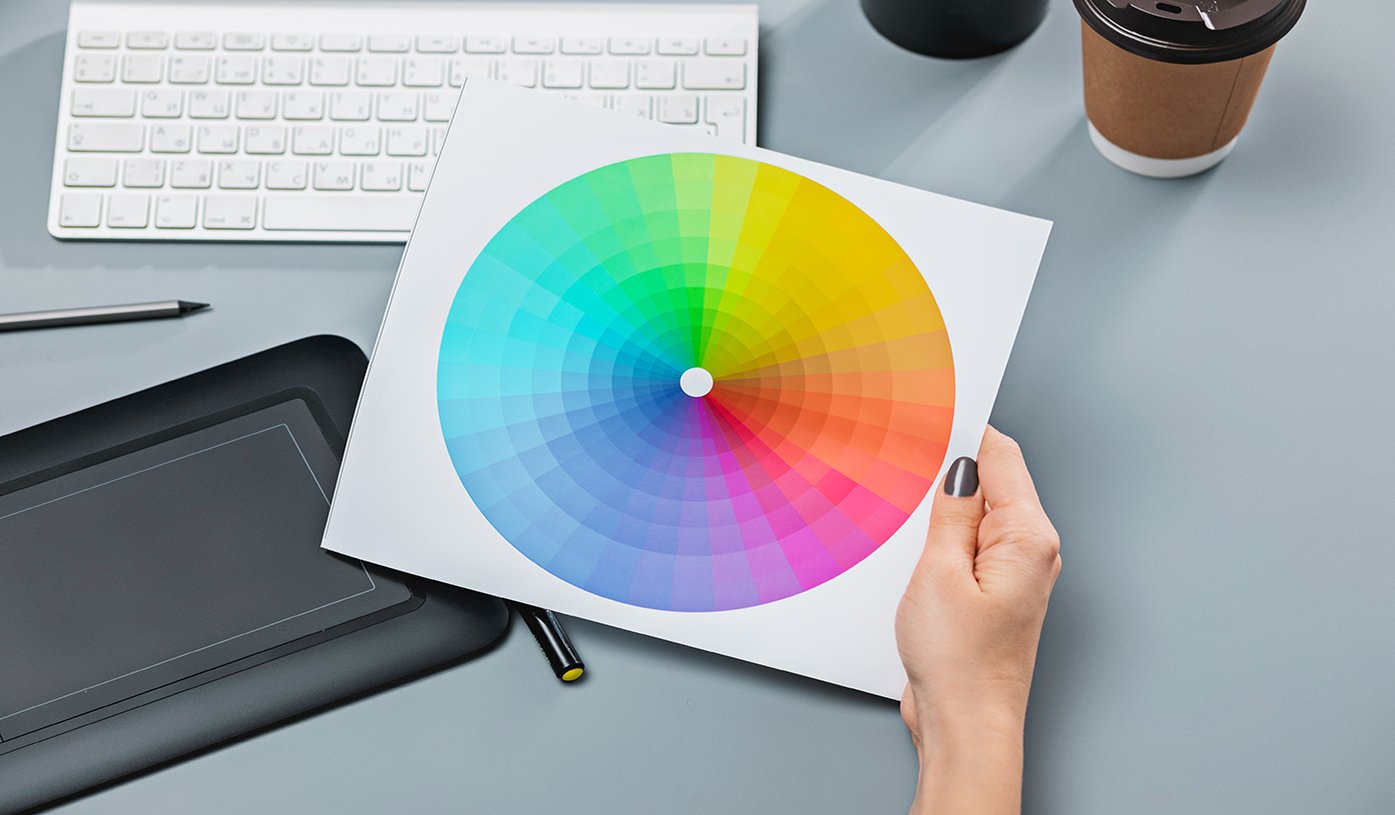SeekColor provides a comprehensive guide to color gamut, focusing on the key differences between sRGB and Adobe RGB. If you’re a photographer, designer, or content creator, selecting the right color space ensures color accuracy across devices and print media.
A color gamut defines the range of colors a device can capture, display, or print. While sRGB and Adobe RGB are the most commonly used, each has advantages and limitations. This guide will help you understand which color space best suits your needs.
What is Color Gamut? – A SeekColor Explanation
Color gamut refers to the range of colors a device can reproduce. A wider gamut means more colors and better accuracy.
- sRGB (Standard Red Green Blue): Introduced in 1996 by HP and Microsoft, sRGB is the most widely used color space for digital content and standard monitors.
- Adobe RGB (Adobe Red Green Blue): Developed by Adobe in 1998, Adobe RGB provides a broader color spectrum, especially in green and cyan tones, making it ideal for professional photography and print media.
Why SeekColor Matters in Color Accuracy
A mismatched color space can cause inconsistent colors across different screens and devices.
✅ A website designed in Adobe RGB may look different on an sRGB monitor.
✅ An sRGB image printed in Adobe RGB may lose vibrancy.
🔗 Related Resource: Understanding sRGB & Its Role in Digital Imaging
SeekColor Insights: Why sRGB is the Standard for Digital Media
Advantages of sRGB
✔ Universal Compatibility – Works with almost all digital devices, including monitors, web browsers, and social media platforms.
✔ Consistent Colors – Maintains uniform color reproduction across different screens.
✔ Smaller File Sizes – Ideal for fast-loading web images and social media content.
Limitations of sRGB
✖ Limited Color Range – Covers fewer colors compared to Adobe RGB, reducing vibrancy.
✖ Not Suitable for High-End Printing – Lacks depth for professional printing and high-quality edits.
Best Uses for sRGB According to SeekColor
- Web design, social media, and online marketing
- General photography and video content
- Gaming and standard digital displays
🔗 Recommended Guide: sRGB vs. Adobe RGB: What’s the Difference?
SeekColor Guide to Adobe RGB: The Professional Color Space
Advantages of Adobe RGB
✔ Wider Color Spectrum – Covers 35% more colors than sRGB, making images appear more vibrant.
✔ Ideal for Printing – Used in high-end photography and professional printing.
✔ Greater Flexibility in Editing – Provides more room for post-processing in Photoshop and Lightroom.
Limitations of Adobe RGB
✖ Limited Display Support – Many consumer monitors cannot fully display Adobe RGB colors.
✖ Larger File Sizes – Requires more storage space and higher processing power.
✖ Color Shifting Issues – Must be converted to sRGB for online use to avoid unexpected color changes.
SeekColor Recommendations: When to Use Adobe RGB
- Professional photography and fine art printing
- High-end graphic design and media production
- Advanced post-processing with RAW files
🔗 Additional Resource: How to Choose the Right Color Space for Your Workflow
SeekColor Comparison: sRGB vs. Adobe RGB
| Feature | sRGB | Adobe RGB |
|---|---|---|
| Color Range | Narrow | Wider (More greens and cyans) |
| Best For | Digital media, web, gaming | Professional photography, printing |
| File Size | Smaller | Larger |
| Monitor Support | Universal | Limited to high-end displays |
| Editing Flexibility | Basic adjustments | More post-processing options |
| Printing Accuracy | Standard quality | Best for high-quality prints |
SeekColor Advice: Choosing Between sRGB and Adobe RGB
💡 Use sRGB if…
✅ You work primarily with digital content (web, social media, gaming).
✅ You need consistent color display across devices.
✅ You want optimized performance with smaller file sizes.
💡 Use Adobe RGB if…
✅ You are a professional photographer or graphic designer working with print.
✅ You need wider color accuracy for high-end projects.
✅ You have a monitor and printer that fully support Adobe RGB.
🎯 Pro Tip: Always convert Adobe RGB images to sRGB before posting them online to avoid unexpected color shifts.

